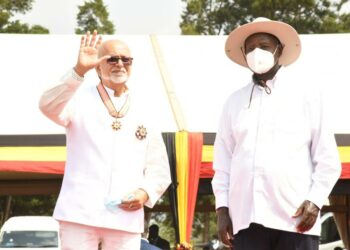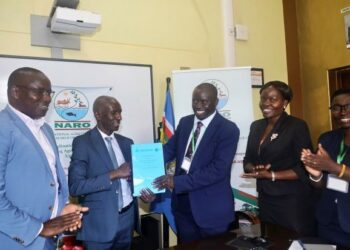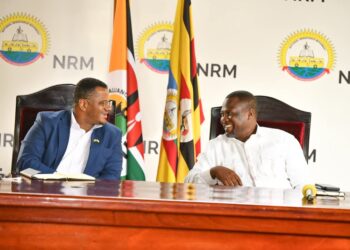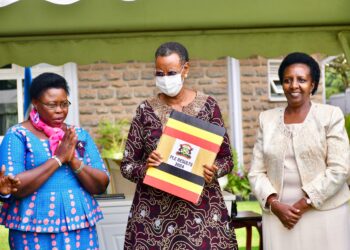By Mike Ssegawa
Mayuge district is one of the districts in Uganda where safe drinking water is hard to come by, despite its location on Lake Victoria. With water coverage of 54%, and over 242,000 people without access to safe drinking water, the district is in the ranks of 20 others categorised as “water stressed”, according to the Ministry of Water.
“This makes Mayuge the area in Busoga with the greatest need for safe drinking water,” said Mr Bernard Mooya, country director Living Water International, at the design workshop organised for stakeholders to map out a Water, Sanitation and Hygiene (WASH) project which would relieve the water burden the people of Malongo sub county.
With 140,000 population, according to the area councillor to the district Mr David Zijja, Malongo sub county is special. Special because with a population size higher than that in 16 districts in Uganda, the sub county has the biggest water problem is the entire Eastern Uganda.
Whereas cholera is not a common phenomenon in most parts of Uganda largely due to improve WASH practices in the country at large, in Malongo however, only 24.4% of households practice hand washing after using the toilet.
Malongo was chosen by Living Water International, an international faith organisation headquartered in the United States, to benefit as the organisation’s fourth program area. In Uganda, LWI had worked in Ruhaama Ntungamo district; Ibanda and Nyabushozi in Kiruhura district, all in western Uganda, and had introduced projects that have impacted on access to clean and safe drinking water especialy for primary schools. The organisation says it has constructed over 900 water points serving over 405,000 people.
Outside Western Uganda, LWI has struck a right note with Malongo’s water needs which have brought even death in the past due to lack of clean water. In May 2016, according to Councillor Zijja, at least 11 people died of cholera at Bwondha Landing Site in Malongo Sub-county. He blames poor WASH practices to the problem which he says is recurrent.

“We have 25 boreholes in the entire sub county,” Zijja says, adding that for an area like Malongo receiving services for a sub county was to blame for the disease and death burden due to water stresses.
Mr Mooya says LWI was moving to Malongo with an aim of increasing access to safe drinking water, improved sanitation in schools and communities as well as work with residents to improve their hand-washing behaviour.
Ms Ruth Okowa, the regional director East Africa said Malongo was a “desperate area” since its safe water coverage was below 30%. She said the population in the area was also performing badly on latrine coverage.
She however said the government of Uganda has been supportive of the WASH sector in terms of good policy framework towards the WASH sector.
“We fit into the plans of government, as well as to sensitize the local community,” she added.

“Water is a human right,” she said, adding that, “We however do this side by side with Christian ministry.” Okowa however explained that the goal of their programs is to reduce WASH-related diseases through the provision of sustainable access to safe water appropriate sanitation and hygiene practices with a focused program area, Christian and holistic- development.
The design workshop brought together participants from LWI, Mayuge district local government staff, church leaders, Water and Health ministries, among others.
Do you have a story in your community or an opinion to share with us: Email us at editorial@watchdoguganda.com











